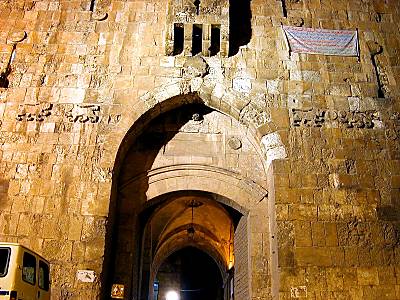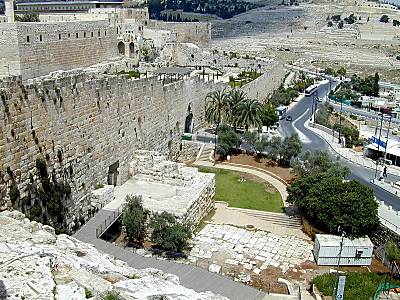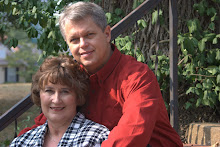
The Old City of Jerusalem is divided into four quarters, according to religious groups. Although, not equal in size, the four quarters form a rectangular framework.
The Christian Quarter
Located on the northwest side of the Old City, the Christian Quarter includes the major sites relating to Jesus Christ. Many churches, monasteries and shines line the famous Via Dolorosa where Jesus carried His cross to Golgotha. The Church of the Holy Sepulcher is built over where it’s believed Jesus died and was buried.
Besides the holy sites, hundreds of stores line the narrow streets where you can buy everything from souvenirs to pharmaceutical items. Things were a little pricey but you could bargain some.
The Armenian Quarter
The Armenian Quarter is the center of national, religious, and culture life of Jerusalem's Armenian Orthodox residents. The Armenians make lovely pottery.
The Muslim Quarter
The Muslim Quarter is the home to about 22,000 people. Although it's the Muslim Quarter, the Christian Via Dolorosa (Way of the Cross) begins here where pilgrims pray and walk in the footsteps of Jesus as he carried His cross to Golgotha (which is in the Christian Quarter.)The Dome of the Rock and Temple Mount are also located here. On the east border is the Golden Gate (also known as the Eastern Gate) where Jesus rode into Jerusalem on Palm Sunday.
The Jewish Quarter
The Jewish Quarter is on the southeast side of the city. We visited the Wailing Wall (Western Wall) there where faithful Jews come to pray. Men and women go to separate sides where they insert prayer requests in the wall's cracks.













